Xuan Lien National Park.
Biodiversity is a term used to refer to all forms of life on earth and their natural properties. In order to conserve biological resources and use them reasonably, at the Earth Summit in Rio de Janeiro in 1992, world leaders agreed on a global strategy for "sustainable development", one of the key agreements adopted was the Convention on Biological Diversity, which committed to maintaining the world's ecological foundation while aiming at economic development. Since then, May 22nd has been chosen as the International Day for Biological Diversity.
Potential risks from biodiversity imbalance
Biodiversity plays a vital role in human nutrition through its role in global food production. Biodiversity ensures sustainable soil productivity and provides the genetic resources for crops, non-crop terrestrial species, livestock and marine food species. Ensuring an adequate supply of nutritious foods is a fundamental determinant of human health. Therefore, protecting biodiversity brings enormous benefits to our own lives.
However, biodiversity is currently being degraded at a very rapid rate. Biodiversity has become a global problem because there are currently millions of animal and plant species facing the risk of extinction due to human impacts.
Based on data compiled from more than 2,000 scientific studies worldwide, a team from the Swiss Institute of Aquatic Science and Technology (Eawag) and the University of Zurich found that the average number of species in areas with human influence was nearly 20% lower than in areas with less impact. The most pronounced declines were seen in species with small populations, poor resilience and vulnerability to environmental changes.
According to another UN report, humans have increased the rate of species extinction by 1,000 times compared to the natural rate. In total, there are over 17,000 known species that are at risk of extinction.
When biodiversity is reduced, the consequences are a reduction in our food supply, wood resources, medicines and energy. The Food and Agriculture Organization of the United Nations (FAO) estimates that over the past 100 years, more than 90% of crop varieties have disappeared from fields and farms. Half of livestock breeds have been lost. Aquatic species are being fished at critical levels and many species are not guaranteed to develop sustainably. As for medicine, if we lose precious raw materials from natural compounds, it will affect the treatment of some diseases. In addition, clean air and clean water, essential elements for life, are also seriously threatened.
Although Vietnam is considered one of the 25 countries with high biodiversity, we are also facing many significant challenges.
Biodiversity in Vietnam ranks 16th in the world. However, biodiversity in our country is greatly influenced by the history of war. The decline of forest resources continued after the war ended due to the need for economic development. In addition, the habit of shifting cultivation and hunting wild animals in many years ago has put many animal species at risk of extinction. In addition, overexploitation of resources, environmental pollution, and pressure from rapid population growth also have a significant impact on biodiversity.
Thanh Hoa has many natural reserves and national parks that are considered "treasures" of biodiversity in Vietnam, including Xuan Lien National Park. According to research documents of scientists, Xuan Lien National Park also recorded 1,228 species of higher plants belonging to 659 genera, 181 families, of which 56 are rare plants, with 11 species listed by IUCN and 39 species in the Vietnam Red Book. Regarding animals, the park has 1,811 species belonging to 241 families, 46 orders, with 94 endangered and rare species, including 34 globally threatened species according to the IUCN Red List and 56 species in the Vietnam Red Book.
In Pu Hu Nature Reserve, with an area of over 24,200 hectares of natural forest, there are currently 1,725 plant species belonging to 696 genera, 170 families and 71 orders, 12 classes and 6 phyla. In addition, the flora here has a total of 52 species recorded in the Vietnam Red Book 2007 and 93 species are recorded, 16 species are listed in Decree 06/2019/ND-CP...
Living in harmony with nature for sustainable development
To raise public awareness of the essential role of biodiversity for life and sustainable development, the theme of the International Day for Biological Diversity 2025 was chosen as “Living in harmony with nature and sustainable development”.
This year’s theme calls for a balance between economic development and nature conservation, emphasizing that sustainable development goals can only be achieved when we live in harmony with nature. This requires a shift in development approaches, from exploiting natural resources sustainably to integrating nature-based solutions into national and global development strategies.
In response to the International Day for Biological Diversity in 2025, the Ministry of Agriculture and Environment issued Official Dispatch No. 1863/BNNMT-TTTT dated May 9, 2025, guiding agencies, organizations and communities to carry out many practical activities to protect biodiversity; Thanh Hoa Provincial People's Committee issued Official Dispatch No. 6735/UBND-NNMT dated May 14, 2025 on organizing activities in response to the International Day for Biological Diversity in 2025.
Accordingly, on this occasion, strengthen communication, education and raise public awareness about nature conservation and biodiversity; diversify communication channels on biodiversity, integrate educational and propaganda programs on biodiversity conservation in the school system, etc. Timely detect, propose and honor individuals, groups and communities with practical and effective models, activities and initiatives in biodiversity conservation.
Continue to effectively implement the National Strategy on Biodiversity to 2030, vision to 2050, National Biodiversity Conservation Plan for the period 2021-2030, vision to 2050 towards the goal of "restoring and ensuring integrity and connectivity; biodiversity is preserved and used sustainably to contribute to socio-economic development in the direction of a green economy, proactively adapting to climate change".
Develop plans, allocate funds and mobilize financial resources to diversify investment sources for biodiversity conservation; promote cooperation with domestic and foreign partners to attract and maximize financial support and investment sources for nature and biodiversity conservation, fairly and reasonably share benefits from genetic resources and develop sustainable livelihood models for the community.
Promote scientific research on biodiversity conservation and sustainable use, apply science and technology in developing conservation models, sustainable use of species and genetic resources; investigate, observe, monitor, inspect, supervise biodiversity, conserve biodiversity in response to climate change.
Strengthen cooperation in nature and biodiversity management, especially with countries sharing borders; promote international cooperation in controlling illegal trade in wild animals and plants, and exchange experiences with other countries and international organizations on biodiversity.
Live in harmony with nature and develop sustainably!
Biodiversity is the foundation of all life on Earth!
Conserving biodiversity towards a healthy, sustainable and prosperous planet!
HVL (synthesis)
Source: https://baothanhhoa.vn/huong-ung-ngay-quoc-te-da-dang-bi-hoc-2025-song-hai-hoa-voi-thien-nhien-va-phat-trien-ben-vung-249168.htm


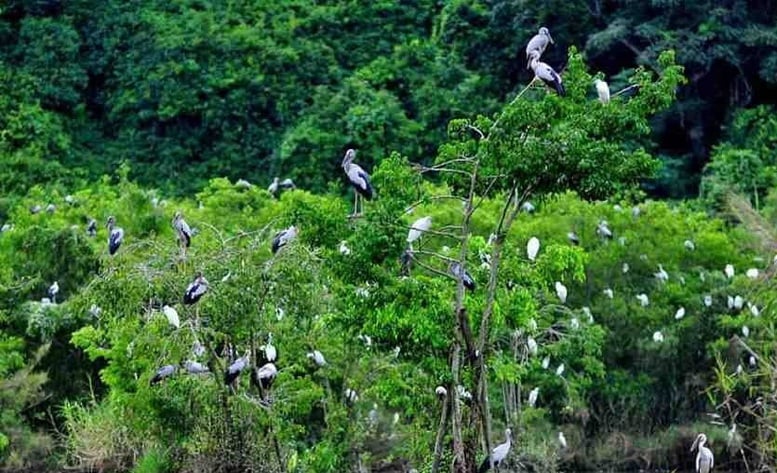
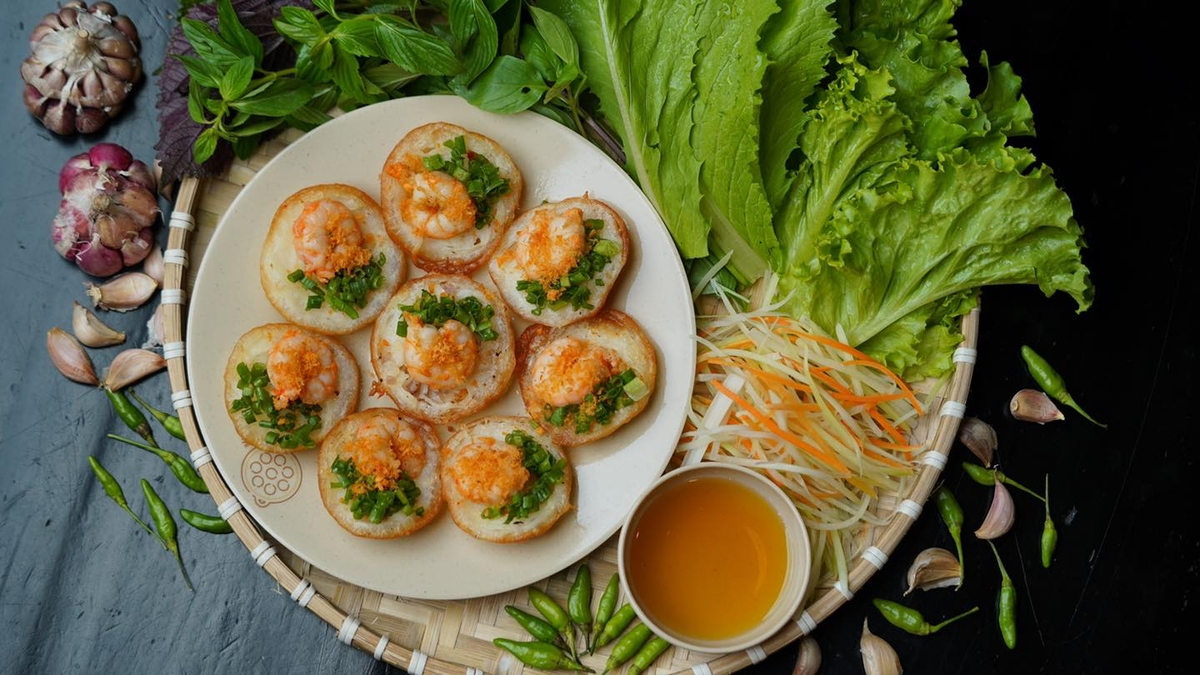


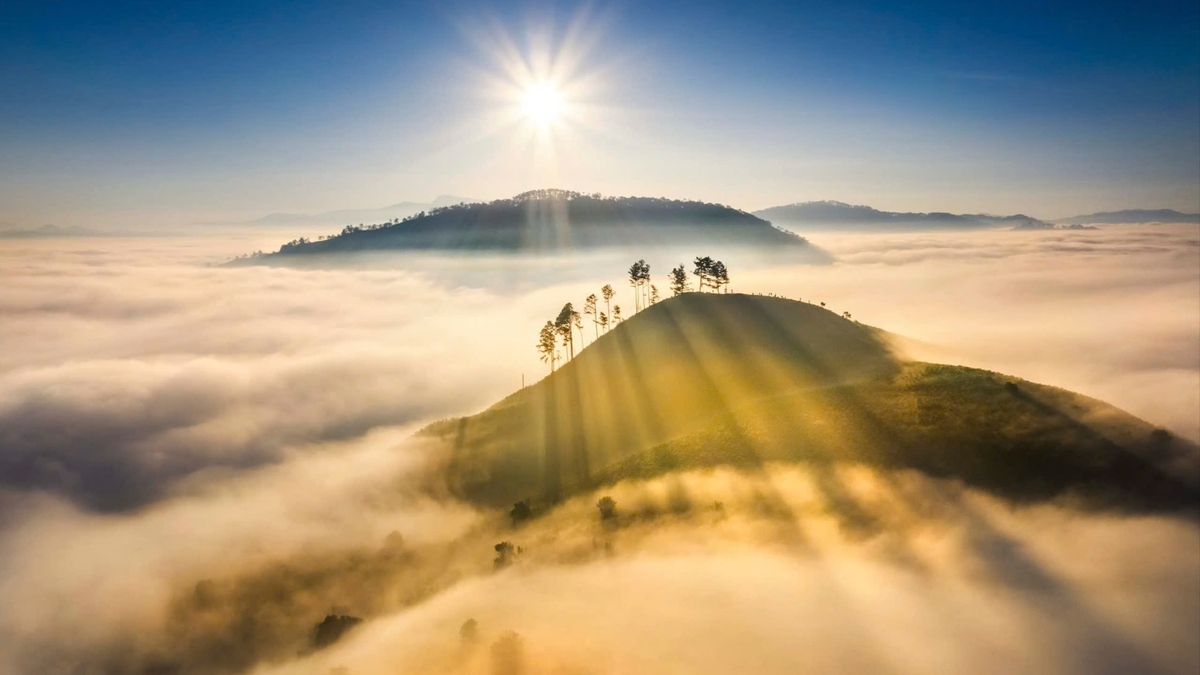
![[Photo] Discover unique experiences at the first World Cultural Festival](https://vphoto.vietnam.vn/thumb/1200x675/vietnam/resource/IMAGE/2025/10/11/1760198064937_le-hoi-van-hoa-4199-3623-jpg.webp)





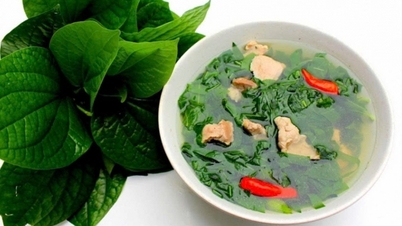

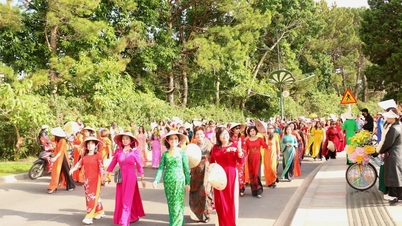












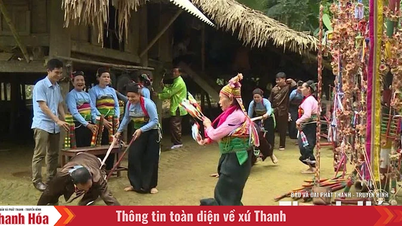

![[Photo] General Secretary attends the parade to celebrate the 80th anniversary of the founding of the Korean Workers' Party](https://vphoto.vietnam.vn/thumb/1200x675/vietnam/resource/IMAGE/2025/10/11/1760150039564_vna-potal-tong-bi-thu-du-le-duyet-binh-ky-niem-80-nam-thanh-lap-dang-lao-dong-trieu-tien-8331994-jpg.webp)

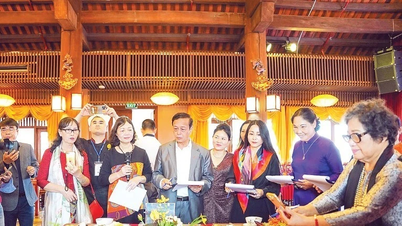

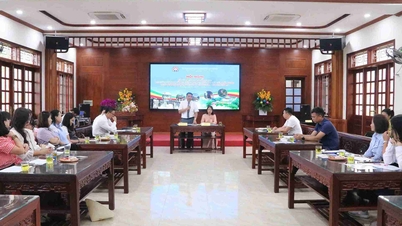

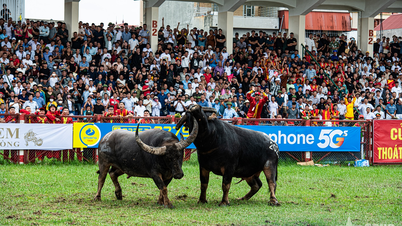





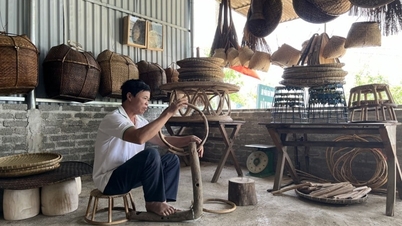

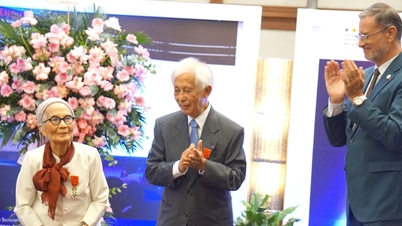









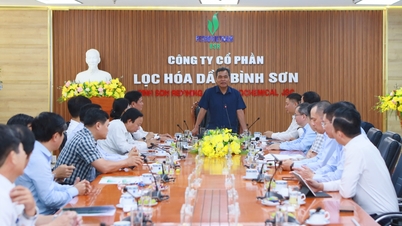

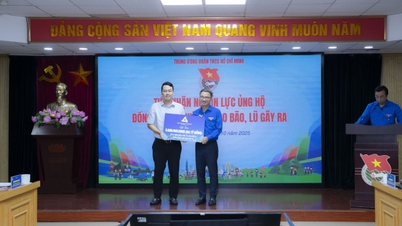


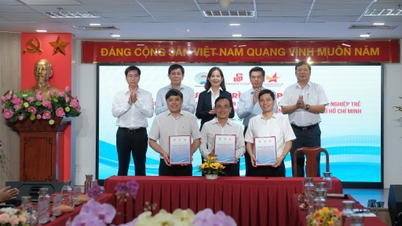




![[Photo] General Secretary attends the 80th Anniversary of the Traditional Day of the Armed Forces of Military Region 4](https://vphoto.vietnam.vn/thumb/402x226/vietnam/resource/IMAGE/2025/10/12/1760265970415_image.jpeg)
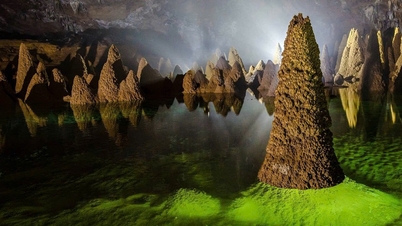

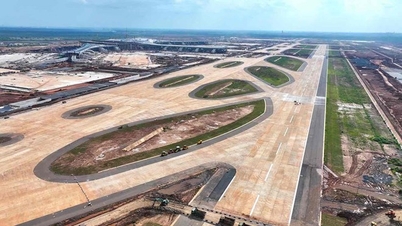
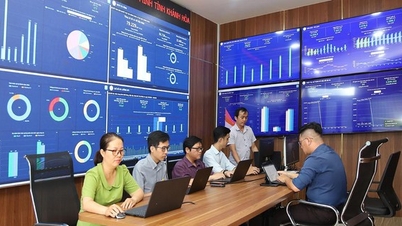

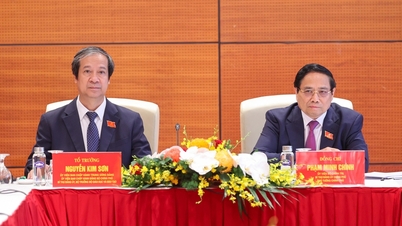

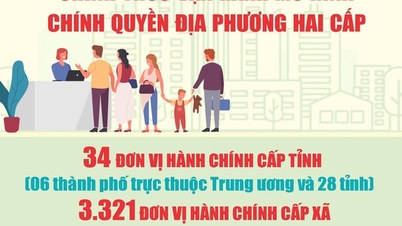
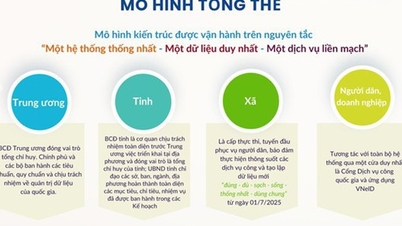
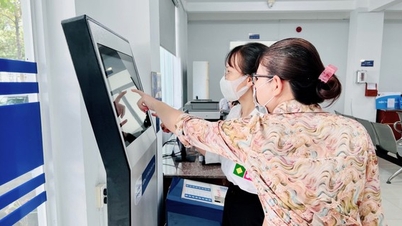
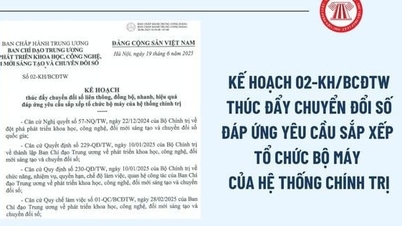



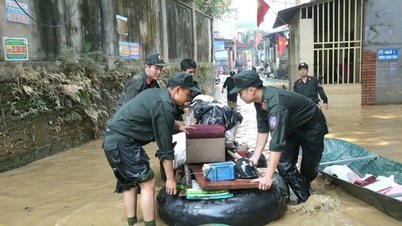

















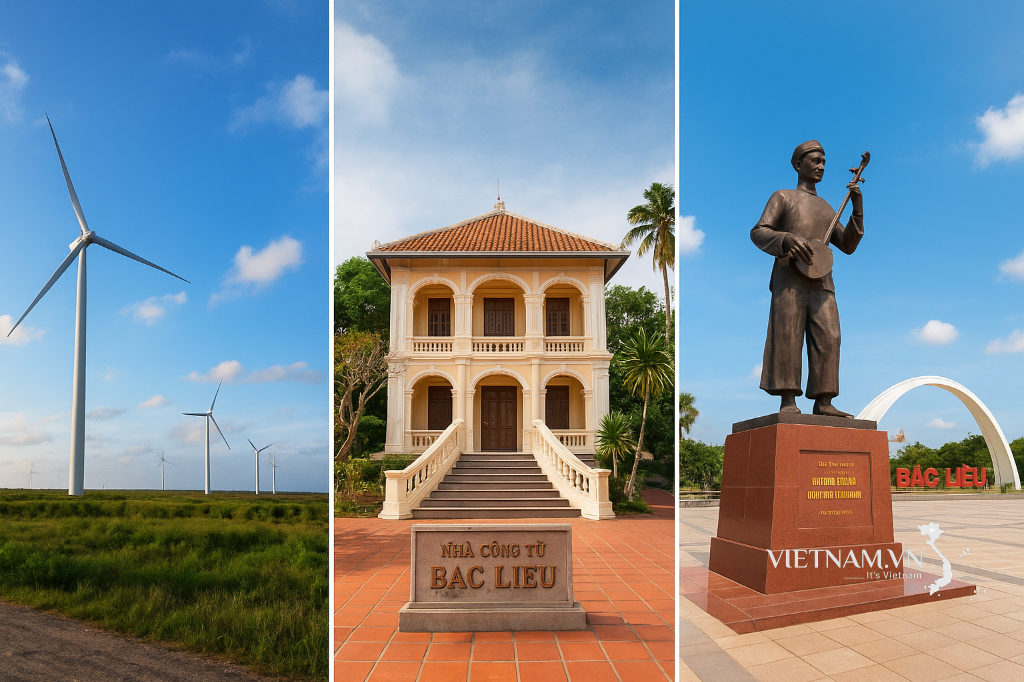

Comment (0)